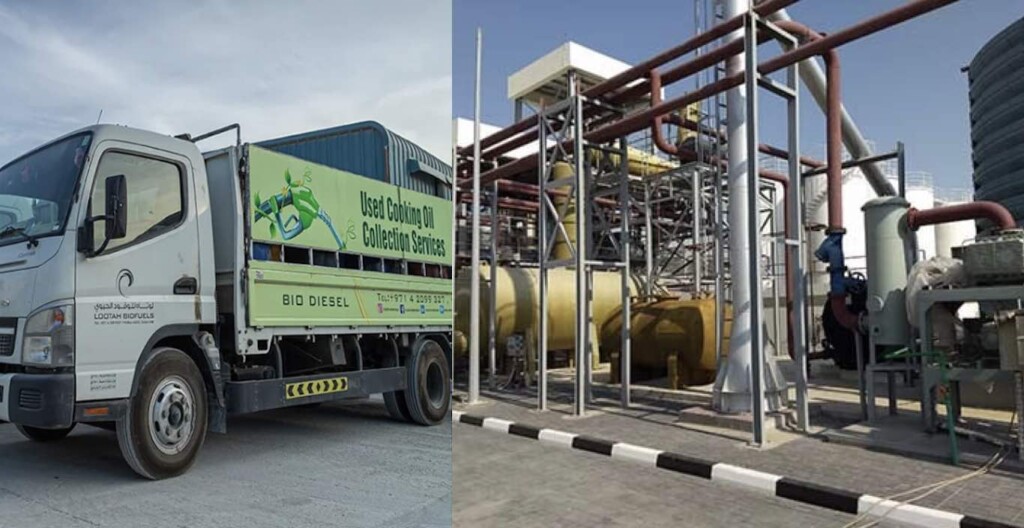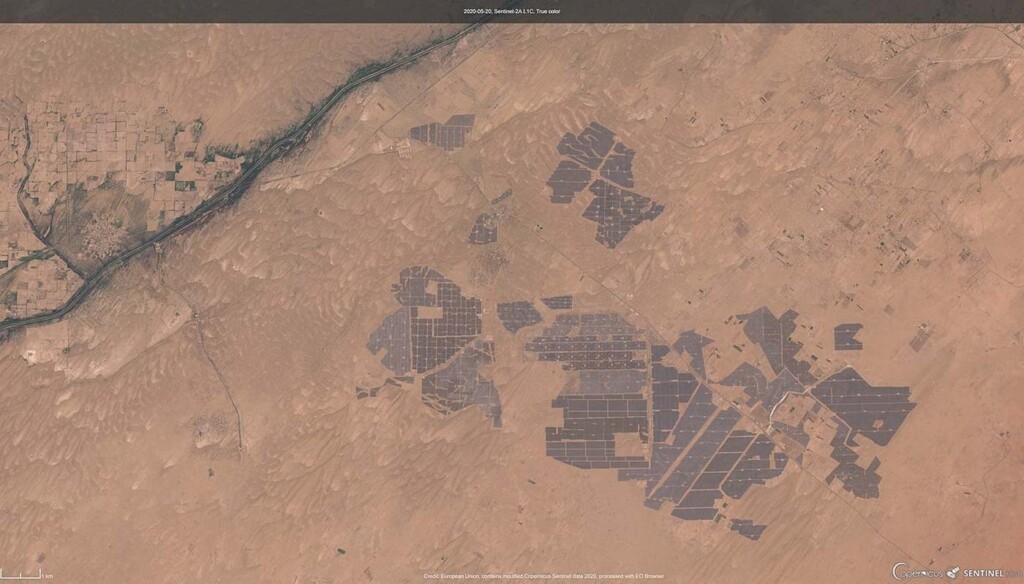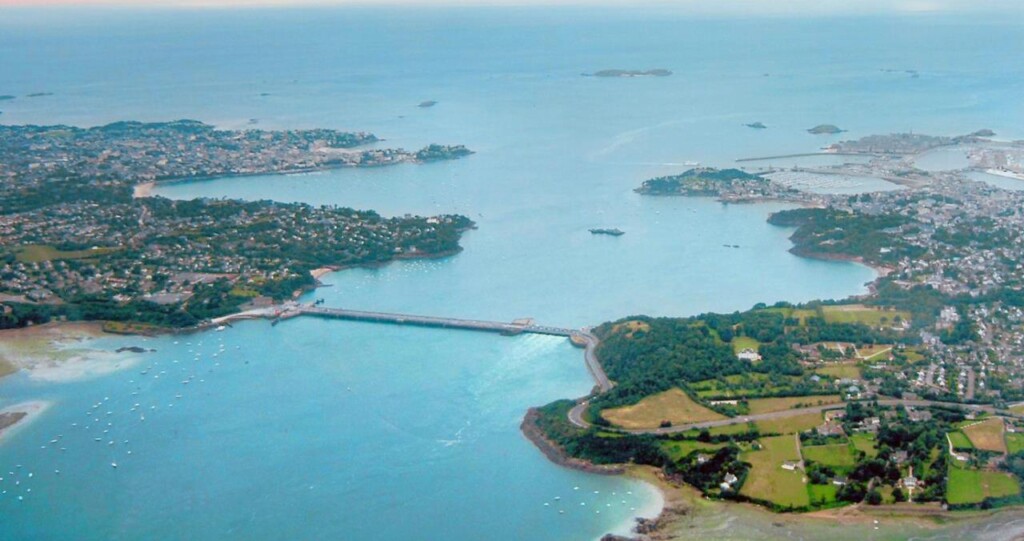
Used cooking oil collection truck and one of the biofuel production plants – Credit: Lootah Biofuels
A Dubai-based company Lootah Biofuels is producing biodiesel from used cooking oil bringing sustainable transportation options to a major oil-producing country. The result is a fuel that is less expensive, renewable, and clean. The United Arab Emirates company now boasts having their own fuel outlets across the city of Dubai, delivering 60 million liters annually. It is the brainchild of Yousif Bin Saeed Al Lootah, who wants the UAE to be the first nation in the region to mandate that biofuels blends be featured alongside other fuel in all public stations. They pay for the used cooking oil collected, thus giving an incentive to providers like restaurants, bakeries, and food chains, which provide 500,000 liters of waste oil every month. The company says it converted the waste oil into 770 tons of biofuel last year. The Lootah Biofuels website reports that used cooking oil has the highest carbon saving ratio amongst all the available biodiesel feedstock—and calculates their product has caused the reduction of 500 million tons of CO2, so far.MORE RENEWABLE GOOD NEWS: United Dubai Company Buys Used Cooking Oil to Turn Into Biofuel for Cars Citywide to Reduce CO2 Emissions

 Bhadla Solar Park in Gujarat, seen from ESA’s Copernicus Sentinel-2, satellite, will pale in comparison to Khavda when it’s completed
Bhadla Solar Park in Gujarat, seen from ESA’s Copernicus Sentinel-2, satellite, will pale in comparison to Khavda when it’s completed